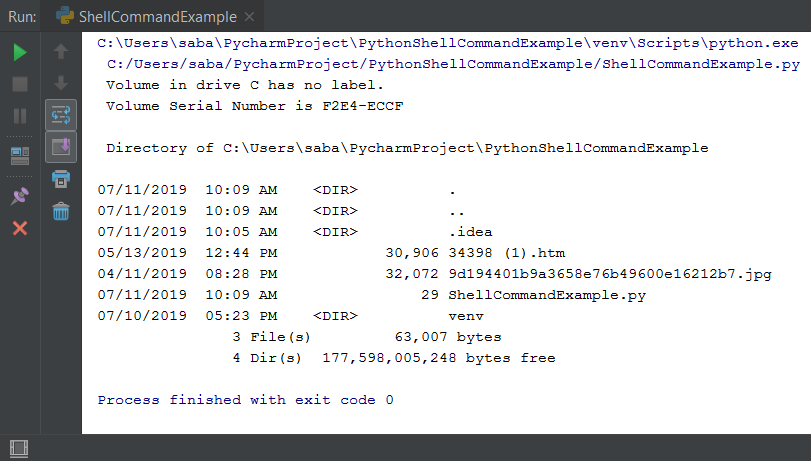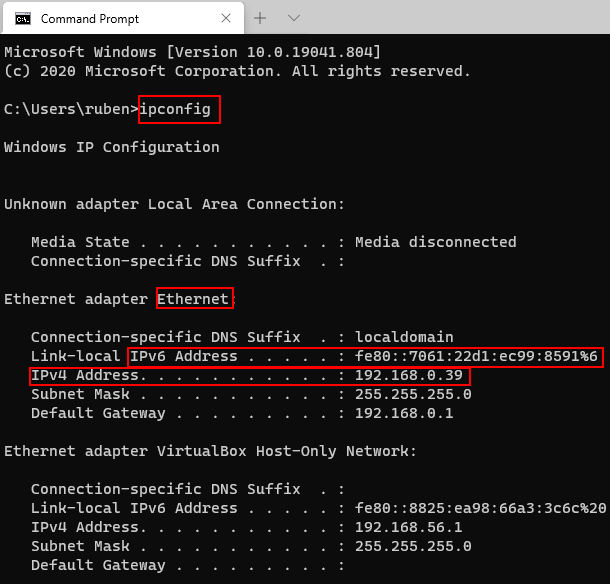

- #Bash vewrtical bar access output how to#
- #Bash vewrtical bar access output free#
- #Bash vewrtical bar access output mac#
- #Bash vewrtical bar access output windows#
Regardless of which shell you use, whenever you type a command in the shell, you will cause a Unix program to execute. Without the $, the echo command above would simply print the name of the variable, FOO. The $ tells the command interpreter to use the variable’s value. Take special note how we reference environment variables when we use them in commands, with the preceding $. Here is an example of setting an environment variable called FOO and displaying its value: IDGĪs you see, by convention we put variables in upper case. You can change or create environment variables, and you will often do so. HOME=/Users/nunez specifies the location of the user’s home directory. For example, SHELL=/bin/bash tells us we're using the Bash shell. You should recognize a few variables already. Let’s take a look at the environment using the env command: IDGĭon't worry about understanding all of the environment variables now, but know that they're there.
#Bash vewrtical bar access output how to#
Understanding how to control the shell environment is an important part of becoming efficient at the command line. One of the first facts to understand about working on the Unix command line is that the shell operates in its own environment. We use the Bash shell for the examples in this tutorial.

The POSIX standard shell, the Korn shell, is the one you'd want to use for writing your own programs in the shell, called scripts. Generally the Bourne and C shell derivatives are good for interactive work at the terminal. Bourne and company were derived from the original AT&T Unix, while the C shell hails from the University of California at Berkeley and BSD Unix. It’s worth knowing there are two major flavors of the Unix shell: Bourne and C shell. The prompt displays this information, so you can easily tell where and who you are on any machine. Note that your prompt will change as you move around the file system or if you become a different user on your machine (such as the root or superuser in order to run administrative commands). Inside the window is the prompt, in this case configured to display the name of the machine ( Mercury), the name of the current working directory (here the tilde, ~, which is shorthand for the user’s home directory), the name of the user, and finally the prompt symbol (the $).

At the top of the window we see the type of shell, in this case Bash (Bourne Again Shell, which is the default shell in MacOS and most Linux distributions), and the size of the window. This screen, from MacOS 10.11, is typical of most shells in a GUI. When you launch it, you'll see something like this: IDG In MacOS, you’ll find the terminal in Applications > Utilities > Terminal. Often Unix distributions put this under the Administration or System menus.

The options and output vary slightly, but you should have no trouble making sense of them.įirst, you must open a shell, sometimes called a terminal window.
#Bash vewrtical bar access output windows#
The commands we walk through below will work on any Unix-like system, including Linux, Darwin (the foundation of MacOS), FreeBSD, and even Windows with something like Git Bash or the new Bash shell in Windows 10. The Unix command line shell is roughly equivalent to the command window in Microsoft Windows (cmd or PowerShell). Before long those cryptic strings will be second nature. They aren't that difficult to learn, and this article will give you the 10 essential commands you need to get started. ĭon't worry if Unix commands seem like magical incantations or the mysterious internals of the system seem beyond your grasp.
#Bash vewrtical bar access output free#
If you long to break free of the constraints of the GUI or think that programming or administering remote machines is in your future, then learning the Unix command line is definitely for you. The command line is a window into the full, awesome power of your computer. But if you need to repeat that task many times, the command line is your savior. Point-and-click is wonderful whenever you need to do something once or twice.
#Bash vewrtical bar access output mac#
But if you’re a Mac or Linux user and you want to get the most out of your operating system (and your keystrokes), you owe it to yourself to get acquainted with the Unix command line. GUIs are great-we wouldn’t want to live without them.


 0 kommentar(er)
0 kommentar(er)
